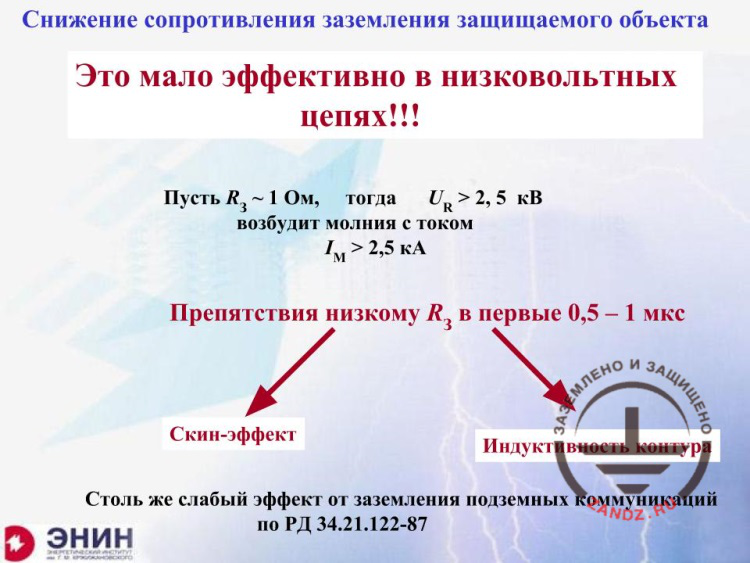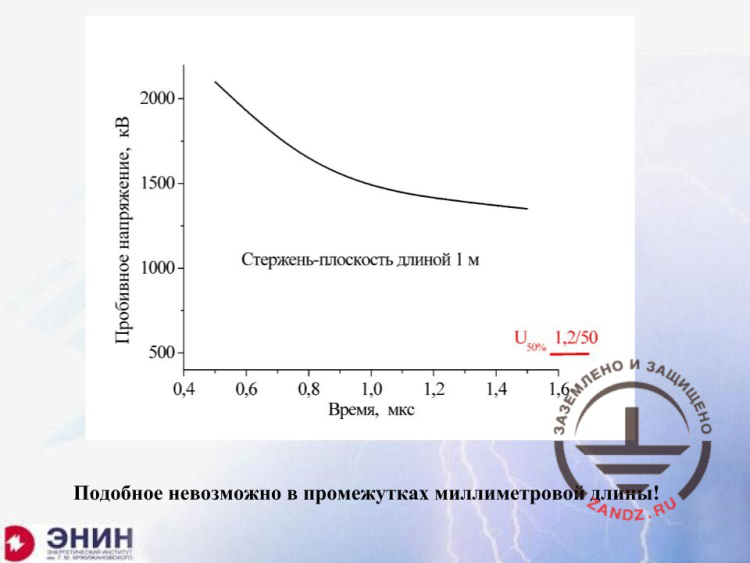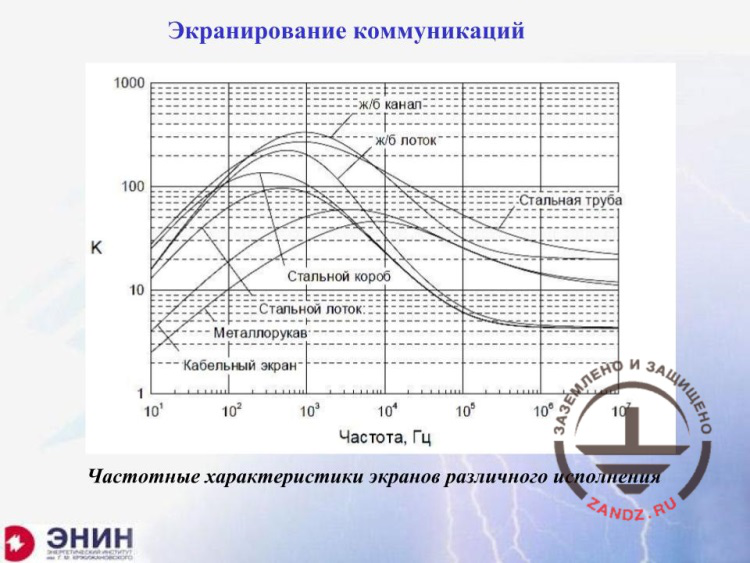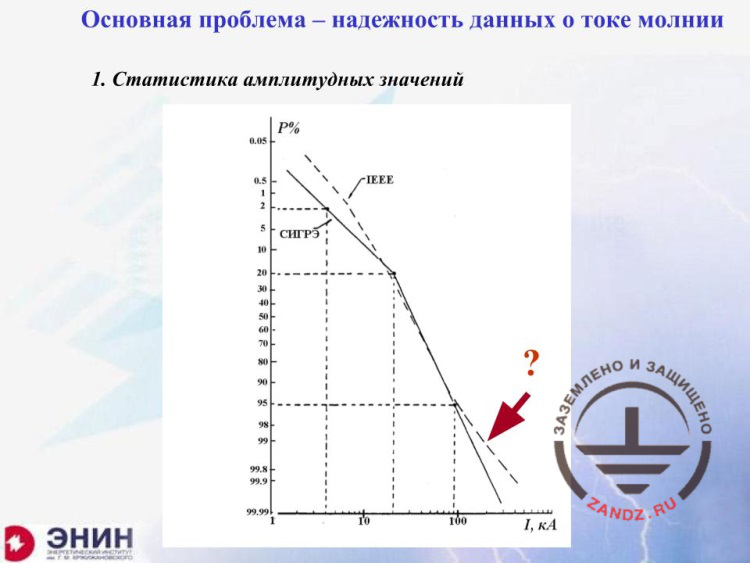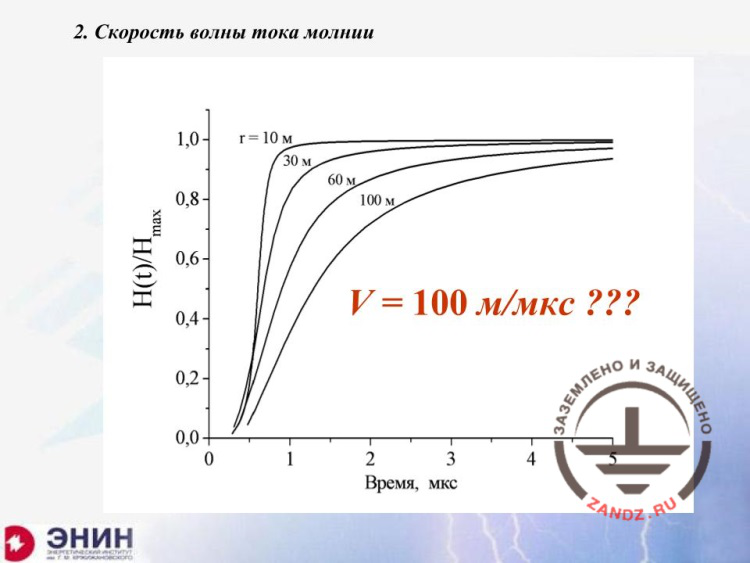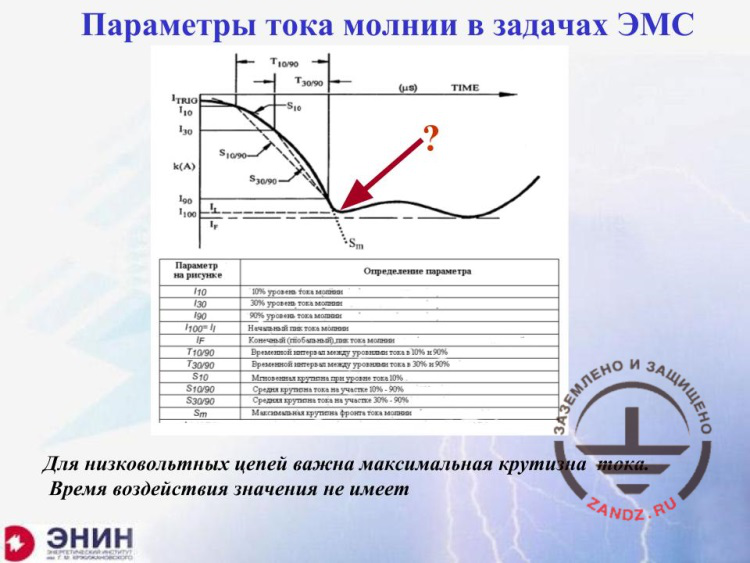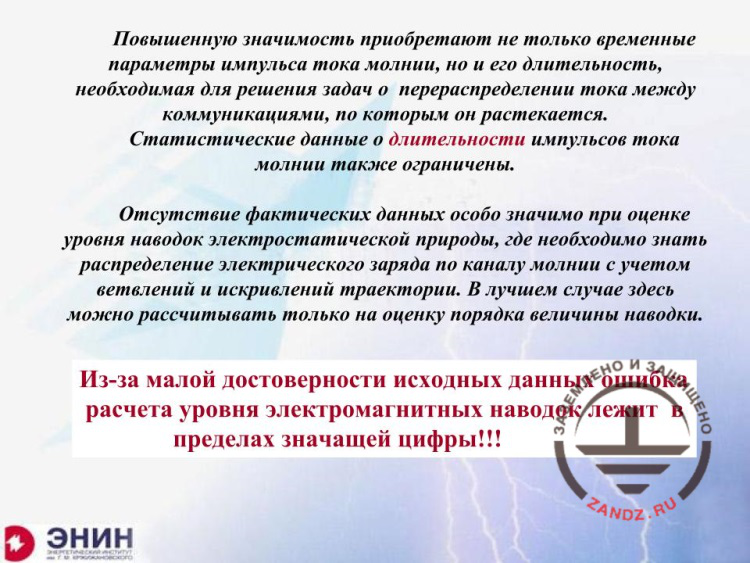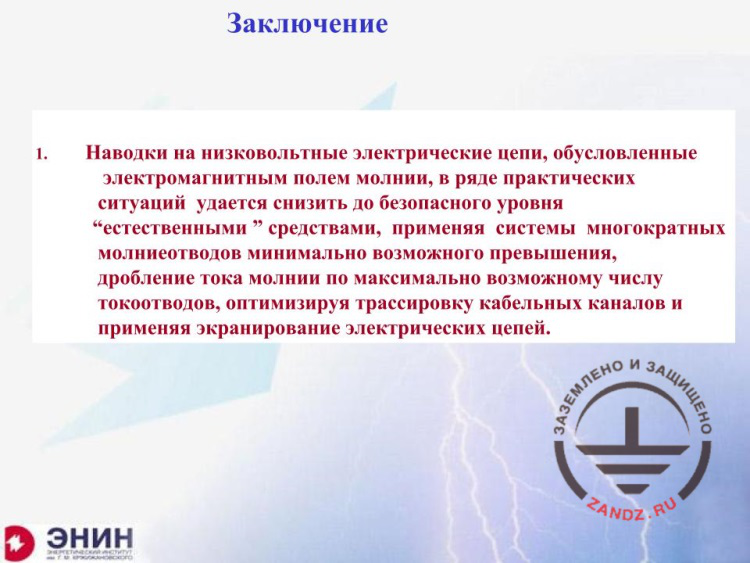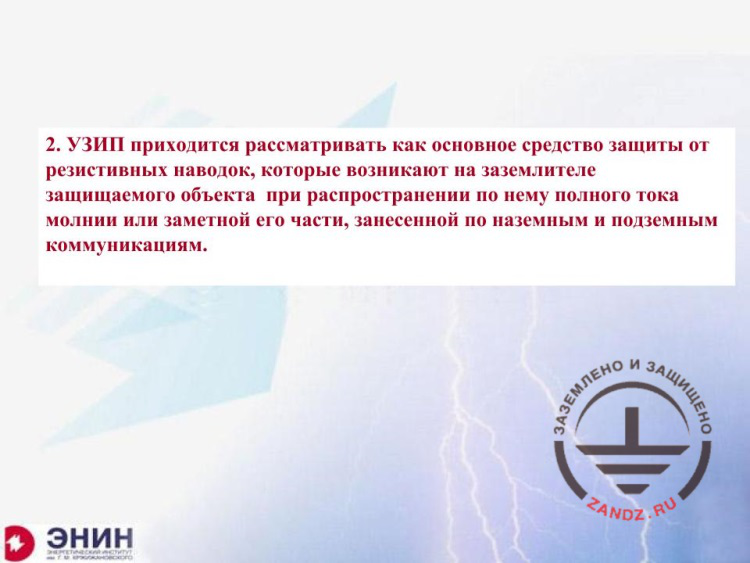The twentieth webinar of "Earthing and Lightning Protection: Design Issues and Problems" series
Webinar text. Page 3 |
Reducing earthing resistance of the protected facility
– Now, one more point. I want to draw your attention again to the following. When you are talking about the earthing resistance, then, when you make a decision on the issue of high voltages, you say that the main source of reducing the high-voltage surges is the reduction in the earthing resistance. It is true for high-voltage equipment. But when you are talking about the interference in low-voltage equipment, then, again, the effect from the earthing resistance reduction is low. And you should remember it very well. It is low because even the resistance of 1 Ohm creates a very high interference for low-voltage equipment, such interference is very short because, due to the skin effect, due to the inductive elements, high-voltage interference persists for several seconds or even fractions of a microsecond. It is not important for the high-voltage insulation because it is very difficult to break through the high-voltage insulation with a short pulse.
Volt-time characteristic of an insulation gap of 1 meter
– Here is the volt-time characteristic of an insulation gap that is 1 meter long. The red line below illustrates its electrical strength at the standard wave, 1.2/50; it is 500 kV. If I reduce the voltage exposure time to 0.5 microsecond, then it will be 2,000 kV instead of 500 kV. This is a feature of the high-voltage insulation. When the voltage exposure time is reduced to 0.5 microsecond, the electrical strength of the high-voltage insulation increases almost 5-fold. And it does not happen in a low-voltage insulation. To break through the low-voltage insulation, we need time of a fraction of a microsecond; therefore, all effects of the increase in the earthing resistance are manifested in the insulation itself.
Utilities shielding
– That is why the reduction in the earthing resistance is an effect that is no more significant to limit the electromagnetic interference. Only one thing is limited, the SDP operating conditions. But we will discuss it later. There is one more point when we can avoid using SDPs. It is shielding of circuits, which happens in interference. I have got shielding ratios here shown for various facilities: a reinforced concrete channel, a reinforced concrete tray, a steel tray. The multiplicity factor of weakening the electromagnetic interference depends on frequency. If we are talking about the signal frequency we deal with, then, for the lightning current, the typical frequency range is shown here (in the right part of the graph). And because of the shield, the interference is reduced, but it reduces about 10 times. So, when you use the shield, you have to use other means as well, because the reduction in the electromagnetic interference occurs by ten folds, and it may be insufficient.
Statistics of the amplitude values
– Now, what more issues do we have? What issues do we have to discuss? Unfortunately, the issues I am going to recite now and the ones we have to deal with during our next webinars, almost all of them are related to the same thing. It is about the statistics of lightning currents. It is not very good. You can see the statistical data on lightning currents provided in the recent CIGRE Report that summarized all reliable records of lightning currents. Here is the curve I am talking about. It is in the region of large currents and provided in two variants. Can you see it? The change in the statistics of lightning currents here is by ten folds. Why does it happen? It happens because we have got very little data on high lightning currents obtained and processed today. Therefore, when I perform calculations, I have to assume some particular value and assume the probability of this particular value. And nobody knows which one of these two curves for high currents should be used.
Lightning current wave speeds
– The second question is the following. When the lightning current wave reaches the lightning arrester or the earth, moves from the earth to the cloud with a finite speed, this speed, according to the measurements, varies broadly. The latest CIGRE data suggest that this speed varies within 100 to 200 m/mcs or even up to 250 m/mcs. But the point is that the speed of this wave determines the distortion of the voltage pulse running along it. And the smaller the speed, the stronger the distortion. And I need to calculate the surge of such a wave running along the channel. What speed can I rely upon? These experiments show that the reliable connection of this speed with the lightning current has not been established yet. And it means that I have to take some average speed and that my calculation will certainly have an error. And I have to consider this error.
Lightning current parameters in the EMC issues
– And there is one more thing. In the mentioned CIGRE Report, the pulse is provided as a lightning current pulse. Various average current increase rates are calculated. But I do not need the average current increase rate, I rather need a maximum current increase rate that determines the maximum surges. I do not know how can I determine this maximum lightning speed with high accuracy and based on the experimental data. And nobody says anything about it. Unfortunately, nobody can.
Processing by "ENIN" AO
– There is one more point about the actual data on the lightning current steepness. The lightning current steepness curves I am showing to you were obtained through the processing performed by our institute 30 years ago. And the figure in its initial form was included into the recent CIGRE Report published two years ago. What does it mean? It means that no reliable records of the lightning current front have been obtained for 30 years. That is why the CIGRE Report contains the relation we processed 30 years ago. What does it lead us to? To a simple thing. The reliability of defining the lightning current steepness is low. And it means that the reliability of calculation of the induced surges due to the electromagnetic induction will also be low.
Importance of calculation of electromagnetic interference
– We have to take this situation. What should we do? We need to learn how to calculate the electromagnetic interference. We must understand that the electromagnetic interference should be calculated with rather high tolerances, because the accuracy of our calculations will be low due to the error in the background data on lightning currents. Several dozens percent is an error we have to deal with. And with these errors, we need to know how to protect our circuits and how to choose SDPs.
Conclusion
– What is the conclusion? It is only one: in some cases and under certain conditions, by reasonably choosing the lightning arrester’s types, reasonably choosing the system with a large number of lengthy current collectors, and somehow reducing the interference running along the earth, we can use conventional protection means and avoid using SDPs.
Using SDPs
– But in the applications where we need the SDPs, we must use them, because we do not have any other options. We must work with the SDPs and must know how to use them properly.
I will finish at this point. The next two webinars will be as follows. The first webinar is the approximate calculation of the interference because the background data on lightning currents is not reliable enough to make it. It is the first seminar. And the second one is about how to understand, based on this data, when we should and when we should not install the SDPs. And if we install the SDPs, then which one of them and how. I am ready to answer your questions.
Questions and answers
– Thank you, Eduard Meerovich! Dear colleagues, write your questions the way it is convenient for you: either in the general chat or in the "Questions" tab. I am going to read questions we already have received. There is a clarification: slides 15 and 17 showed the graphs. Where have they been taken from?
– I can say where they are from. All the graphs we have got are plotted using the calculation software developed in our institute. They are used for this purpose. In the book that has already been written and is being published now, this critical software will be available in the following way: the book shows how to access the website, open such software or access the calculation, free of charge. That is what I wanted to say.
– Good. Thank you. Dear colleagues, if you have got any questions, write them to us, because we do not have many of them yet. You either write questions or write that you do not have any so that it would be clear. Several people have already written. They said that it was interesting and that it would have been great to have such speakers in our institutes. And several questions that match the subject of our webinar. But since we do not have many of them, I will read those. Alexey clarified: "Is it safe to use the reinforcement of the glass units as current collectors?"
– I will answer your question as follows. Whether you want it or not, the lightning current will flow along the glass units anyway. You cannot eliminate it. Therefore, the issue of danger of the induced interference for a person that touches such glass unit is solved in a special manner. But I can say that if you use many glass units for taking the lightning current away in addition to the current collector, then the situation will not get worse; on the contrary, it will be good for you. And the electrical safety issues will be thus resolved successfully. When new stadiums were built for the world championship, such issues have arisen, but they were related not to the glass units but to the reinforced concrete columns containing the reinforcement. They are closed for the decorative purposes, but there is no insulation at all. This issue has been studied specially with relation to the stadiums. And in terms of the stadiums it was examined for, the effect was such that it is rather safe and, as you can see, it is and I hope it will be for many years. The next question, if any.
– One more question from Yury: "I do not understand the difference between the steel tray and the steel box." Such comment.
– You know, this question is not for me. Honestly, I do not know the difference between the steel box and the steel tray. For the reason that the shielding ratio graphs I have provided were taken from GOST. As far as I understand, they were taken from the IEC standards; therefore, I just do not know the difference between the tray and the box.
– Good. Clarification from Oleg. This is probably related to the future webinar devoted to the SDPs: "Will an issue of using the SDPs for the protection of equipment installed on the supports and the communication containers connected with a shielded twisted-pair wire, be considered?"
– You know, the point is that it is rather difficult to consider some special issues of a special technical application. But I will try to show the typical points.
– Good. Thank you. Clarification of Alexey regarding the glass units: "So, I should not use it in designs? Are these some new developments? There is no documentary evidence and directions for the use of such solutions."
– Wait. Let's look into it. The standards for the lightning protection exists. These are the standards used in the old regulatory documents RD 34 and SO-153, which specify that any metal element of a building or a structure can be used as a natural current collector if their cross-section meets the specified value. And the values in SO-153 are shown for aluminium because the glass unit is usually made of duraluminum. And if you have ensured the connection of these glass units from top to bottom, their cross-section meets the cross-section set in the regulatory documents, then you may use them as current collectors without any approval. You do not need any additional approval for this because instructions SO-153.34.21.122.2003 are a national document. You do not need anything here.
– Thank you. Dear colleagues. The person who asked a question about trays and boxes, please look in the comments. We have got several answers from our participants. This may be helpful for you. As far as I understand, there are no more questions for Eduard Meerovich. Thank you very much for your participation! Eduard Meerovich, thank you very much for the report. We will finish at this point and stop our broadcasting.
– From my side, I want to thank our participants once again for the following reason. It is very important for me that the Russian designers would use their own minds. As for me, the critical thinking with regards to the regulatory documents we adopt from the western countries is not associated with some anti-Russian prejudice. I am a person who understands that the science is international. But bear in mind that the Russian experience is not worse than the foreign one. Thank you again for your attention! Bye!
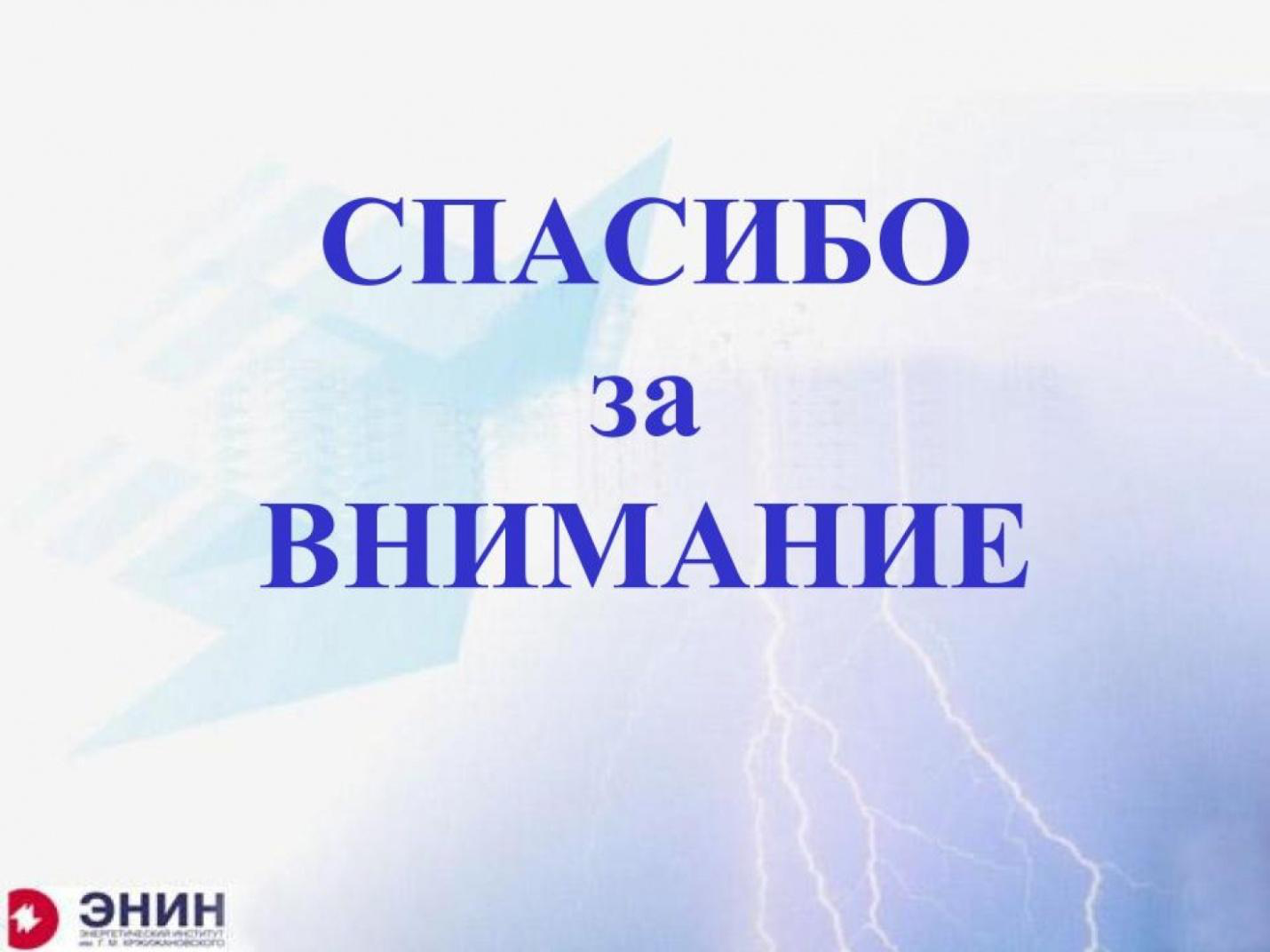
<< Previous page
slides from 11 to 20
Related Articles:


 Lightning Protection of Large Territories: Parks, Grounds, Plant Territories. Page 1
Lightning Protection of Large Territories: Parks, Grounds, Plant Territories. Page 1
 Lightning Protection of Large Territories: Parks, Grounds, Plant Territories. Page 2
Lightning Protection of Large Territories: Parks, Grounds, Plant Territories. Page 2
 Lightning Protection of Large Territories: Parks, Grounds, Plant Territories. Page 3
Lightning Protection of Large Territories: Parks, Grounds, Plant Territories. Page 3


